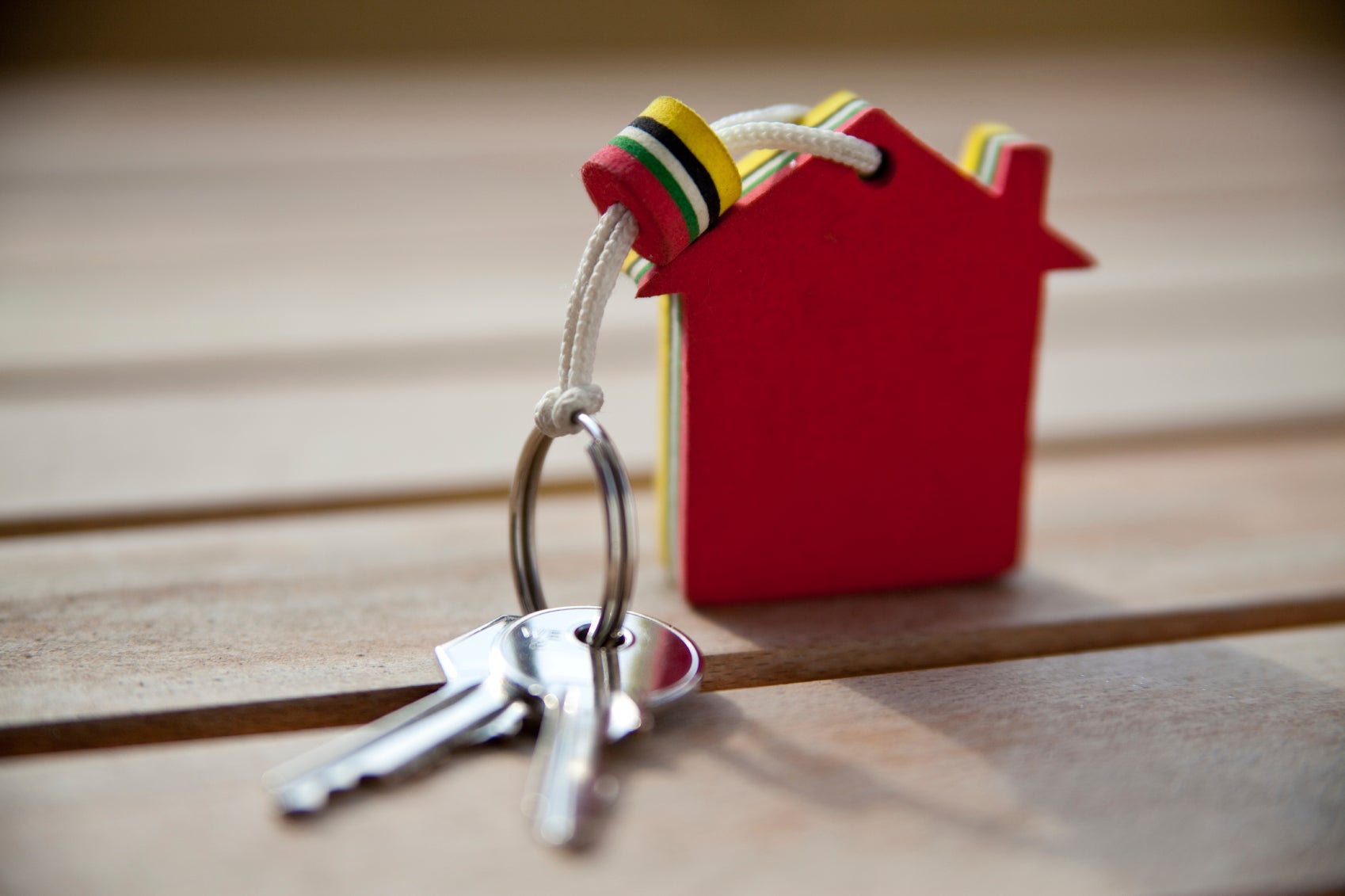Mortgage arrears and home repossession figures falling
But there are still fears about the potential impact of higher interest rates and higher mortgage payments

Your support helps us to tell the story
From reproductive rights to climate change to Big Tech, The Independent is on the ground when the story is developing. Whether it's investigating the financials of Elon Musk's pro-Trump PAC or producing our latest documentary, 'The A Word', which shines a light on the American women fighting for reproductive rights, we know how important it is to parse out the facts from the messaging.
At such a critical moment in US history, we need reporters on the ground. Your donation allows us to keep sending journalists to speak to both sides of the story.
The Independent is trusted by Americans across the entire political spectrum. And unlike many other quality news outlets, we choose not to lock Americans out of our reporting and analysis with paywalls. We believe quality journalism should be available to everyone, paid for by those who can afford it.
Your support makes all the difference.Between July and September, both the proportion and number of borrowers behind with their payments fell, according to new figures from the Council of Mortgage Lenders. A total of 149,400 mortgages - 1.33 per cent of the entire stock of mortgages - had arrears equivalent to more than 2.5 per cent of their mortgage balance at the end of September. This compares to 159,100 (or 1.4 per cent) at the same point last year.
The repossession rate also fell from 0.07 per cent to 0.06 per cent, its lowest level since the CML started publishing these figures at the beginning of 2008.
"The continued reduction in payment difficulties is obviously very welcome," said CML director general Paul Smee. "Anyone who does face the prospect of difficulty can be reassured that repossession really is a last resort. By talking to their lender as soon as possible, most can resolve their temporary problems, without the lender resorting to repossession."
Richard Sexton, director of e.surv chartered surveyors, said: "The nationwide figures mask significant regional differences, with the North West and Yorkshire facing a particular battle in household finances - seven out of ten Northern towns have more repossessions than average. Even equity rich London isn’t free from its share of arrears and repossessions. There are several areas in our capital where repossessions rates are alarmingly high, typically areas still affordable to first time buyers who can only just afford to buy.
"A new challenge is approaching, that could muddy the downward pattern. The bank rate, and interest rates with it, will eventually be hiked up. This brings with it a fresh concern, a rise in interest rates could potentially push more homeowners, and particularly first-time buyers, into the red."
Jonathan Harris, director of mortgage broker Anderson Harris, added: ''Those already struggling to pay their mortgages may now be panicking that the situation will only get worse once rates start to rise. The Government's mortgage rescue scheme ends in March next year so it might be time for the Government to find something similar to help those in arrears and threatened with repossession. Clearly, despite low interest rates there is significant demand."
Join our commenting forum
Join thought-provoking conversations, follow other Independent readers and see their replies
Comments